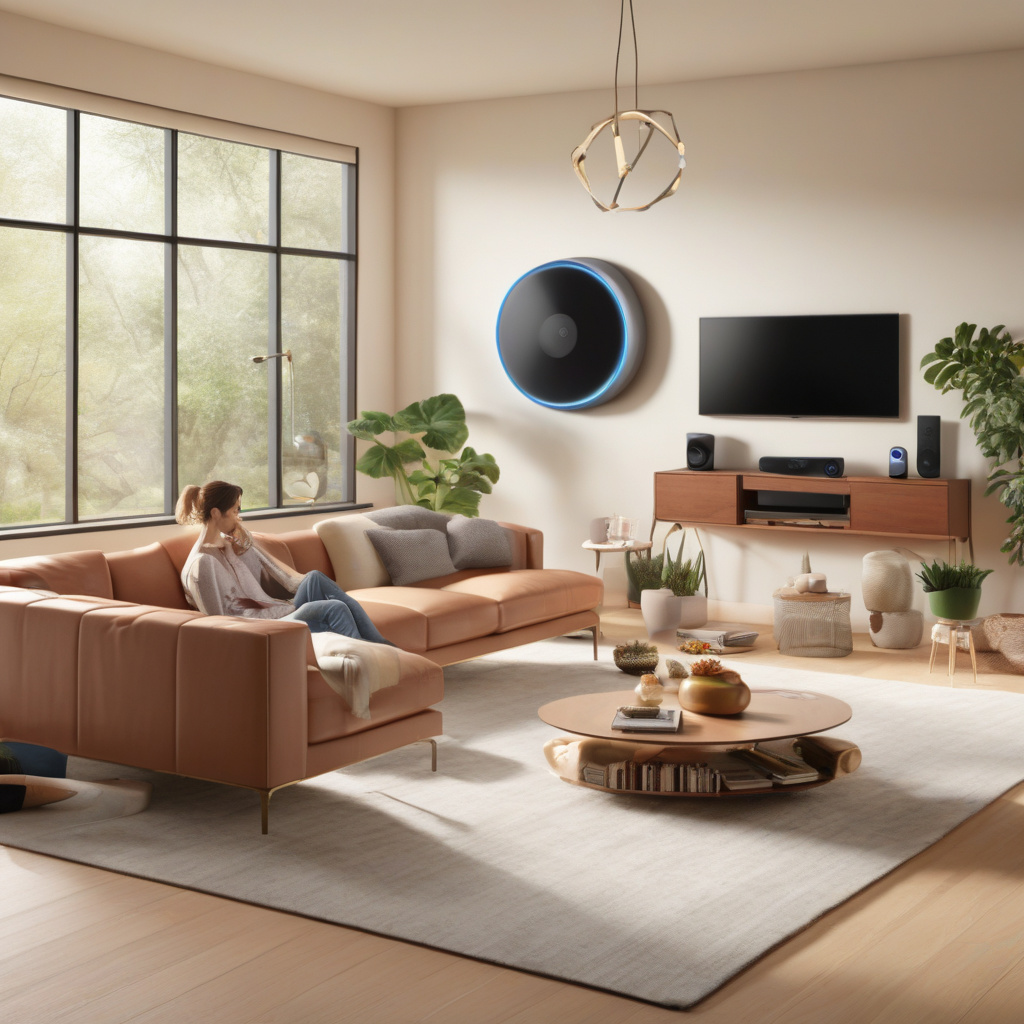In the realm of connected accessories, the allure of convenience often overshadows the lurking security risks. As highlighted by recent findings, vulnerabilities in popular systems like Apple’s AirPlay can pave the way for malicious actors to infiltrate your network and compromise your smart devices.
The concerning reality is that many manufacturers of smart accessories fail to provide timely security updates, leaving users exposed to potential breaches. With the added pressure of tariffs driving some developers out of the market, the future of these devices seems even more precarious.
Imagine a scenario where a seemingly harmless smart plug becomes a gateway for cyber threats, infiltrating the sanctity of your home or workplace. The implications are unsettling, emphasizing the critical need for proactive security measures.
While patches may address known vulnerabilities, the perpetual risk posed by unsupported devices looms large. It falls upon consumers and enterprises to assess the security posture of their connected accessories, retiring obsolete gadgets to fortify their digital perimeters.
To safeguard against evolving threats, vigilance is key. Stay abreast of software updates, scrutinize device compatibility with manufacturer support, and prioritize security-conscious purchasing decisions. In a landscape where subscription models dominate, collaborative efforts among accessory makers to enhance device security could be a game-changer.
In essence, the onus lies on users to wield caution and diligence in navigating the interconnected world of smart accessories. By fortifying our defenses and staying informed, we can mitigate the security risks that come hand in hand with technological innovation.

